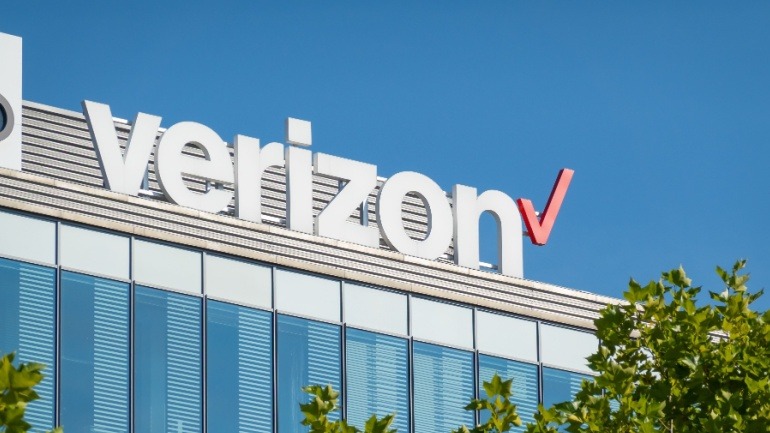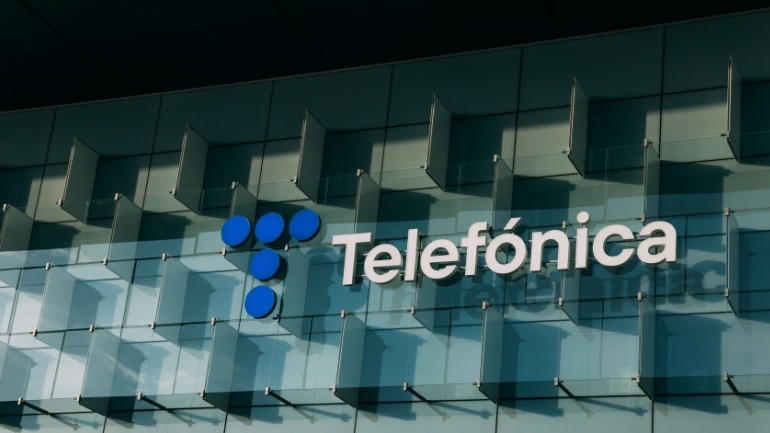In a remarkable feat of engineering, Openreach, the UK’s leading digital network provider, is illuminating approximately 60,000 new premises every week, equivalent to the size of Tunbridge Wells in Kent. With a commitment to a £15 billion investment, the company aims to connect 25 million buildings by 2026, with a subsequent target of 30 million by the end of 2030.
Openreach claims that over four million homes and businesses have already joined the upgraded network, with their full-fiber service witnessing a surge of 30,000 new orders per week. The CEO of Openreach, Clive Selley, describes the endeavor as a “national infrastructure project that’s a genuine success story,” attributing the achievement to a supportive policy environment fostering substantial investment and competition in the UK’s telecoms sector.
Selley emphasizes that the technological leap, now available to 12.5 million premises and counting, is advancing at an unprecedented pace in Europe. He anticipates reaching the next 12.5 million premises in half the time, ultimately striving for a remarkable 30 million premises by the end of the decade. The ambitious project is expected to unlock significant economic and social benefits, facilitating innovative models in commerce, healthcare, and public services.
The Centre for Economics and Business Research predicts a potential £72 billion boost to the UK economy by 2030 through a ‘full-fiber transformation.’ The expansion is also hailed for connecting otherwise poorly connected rural areas, potentially welcoming an estimated 431,000 new workers into the workforce by 2026, according to Openreach.
While Ofcom reports that more than half of UK homes now have full-fiber broadband coverage, concerns arise over the slowdown in fiber growth during the initial months of 2023. Questions linger regarding government targets for Gigabit broadband, as the industry grapples with meeting escalating connectivity demands. Openreach’s progress, however, stands as a beacon of success in the ongoing digital evolution.







